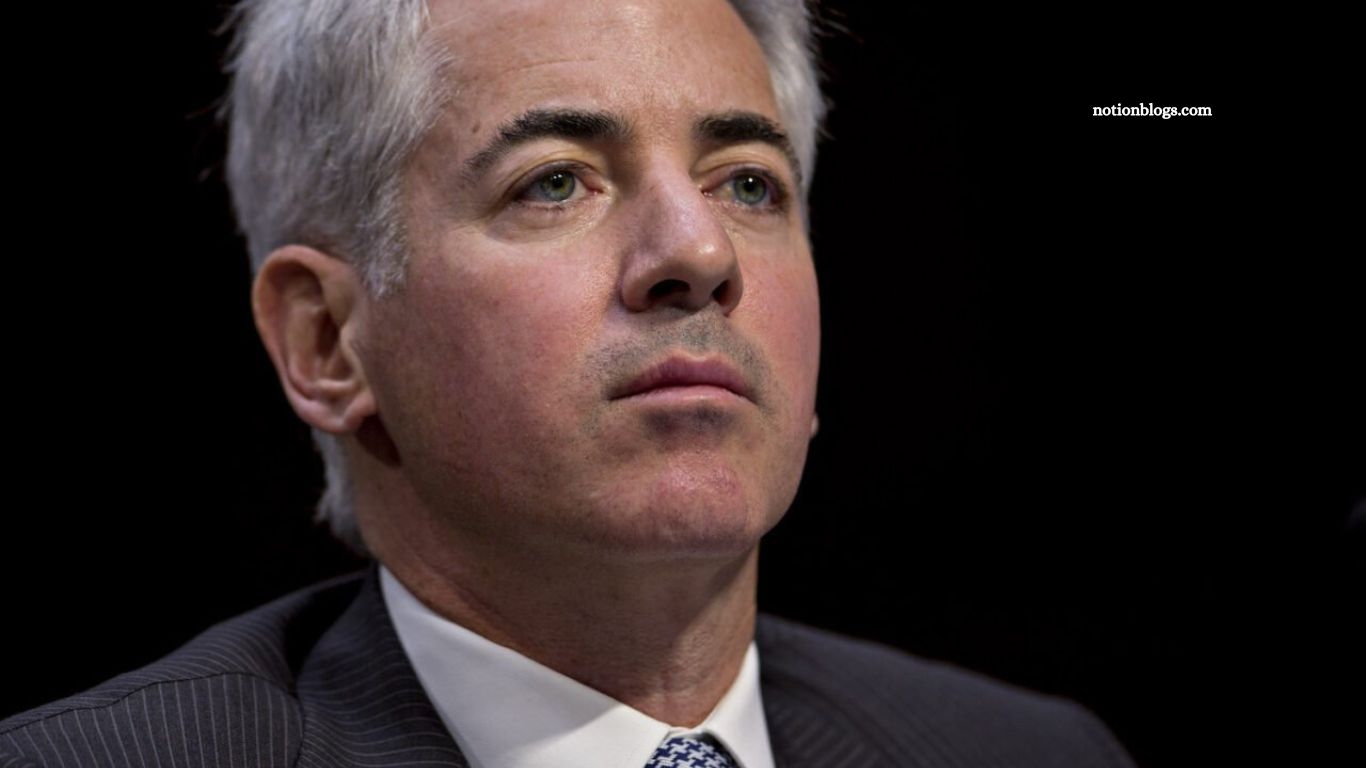A year ago, Sonos, the renowned wireless speaker company, faced a storm of criticism after a significant software update caused widespread disruptions. Customers reported bricked devices, broken multi-room setups, and a frustrating rollback process that left even long-time users questioning their loyalty. The backlash was swift and harsh, triggering a rare PR crisis for a company once revered for premium sound and seamless integration.
Now, twelve months later, Sonos stands at a critical crossroads. The company has not only had to repair its broken software but also rebuild customer trust. Yet despite the setbacks, Sonos remains a strong player in the audio technology market. The big question remains: has Sonos learned from its missteps, and can it indeed carry a tune into the future of connected home audio?
Sonos and the Software Misstep That Sparked Outrage
In early 2024, Sonos launched a software update aimed at modernizing its app interface and functionality. The release, however, turned into a disaster. Many users experienced bricked devices, lagging connections, and broken speaker groups. The worst hit were those with legacy Sonos systems, which were suddenly incompatible or degraded in performance.
The failure highlighted deeper systemic issues, including poor communication with customers and a lack of robust beta testing. Tech reviewers and audiophiles alike slammed Sonos for pushing an unstable update and failing to offer adequate support post-rollout. While the company eventually issued patches and rollback options, the damage was done.
How Sonos Is Rebuilding Customer Trust After the Backlash
Sonos took several steps to regain customer trust. First, it publicly acknowledged its failure—a move that many tech companies often avoid. CEO Patrick Spence issued a formal apology and outlined a clear roadmap to resolve outstanding software issues. Sonos also reopened customer support channels and fast-tracked firmware patches.
Beyond apologies, Sonos rolled out a “Legacy Mode,” allowing older speakers to operate reliably without forced updates. The company also promised improved transparency, involving users in future beta programs and gathering real-time feedback before large rollouts. These trust-building measures marked a noticeable shift in the company’s customer-first approach.
The State of Sonos Products and Features Today
Despite last year’s debacle, Sonos’ product lineup in 2025 remains strong. Flagship models like the Sonos Arc and Beam continue to deliver top-tier sound with Dolby Atmos support. Meanwhile, the Roam and Move portable speakers offer excellent performance with Bluetooth and Wi-Fi connectivity.
Read More : The Elite Microsoft Unit Constantly Working to Thwart Hackers
The latest Sonos app update introduced smoother integrations with Apple Music, Spotify, and Amazon Alexa. System stability has significantly improved, with multi-room playback functioning reliably across most setups. While scars from the 2024 incident remain, most users now report satisfactory experiences, indicating that Sonos may have turned the corner.
How the Audio Market Has Shifted Around Sonos
While Sonos was dealing with damage control, competitors like Bose, JBL, and Apple seized the moment. Bose released user-friendly smart speakers with high-quality integration, while Apple expanded its HomePod ecosystem. Amazon and Google also improved their voice assistants, giving consumers more choices.
The smart speaker market is now more crowded and more competitive than ever. Sonos, once the unchallenged leader in whole-home audio, must now innovate more aggressively. The company is betting on its loyal audiophile base, superior sound engineering, and recent AI-powered upgrades to keep it ahead of the pack.
What Sonos Has Learned About Software and Ecosystem Design
Perhaps Sonos’s most significant lesson has been understanding the delicate relationship between hardware and software. In the connected home market, user experience isn’t just about sound—it’s about setup, maintenance, and system flexibility.
To that end, Sonos has invested heavily in UX research and backend infrastructure. The app is now more intuitive, and developers are testing updates across a broader range of hardware before public release. Features like backward compatibility and modular integration are now central to product planning, reducing the chances of another widespread failure.
Community and Developer Support: A New Approach to Engagement
One positive outcome of the crisis was a reinvigorated focus on community. Sonos expanded its developer portal and increased support for third-party app integration. It also launched a community-driven feature suggestion board, where user feedback directly influences development priorities.
This collaborative approach helps Sonos stay responsive and agile. Developers can now build more stable home automation routines via platforms like Home Assistant and IFTTT. Meanwhile, the company holds quarterly feedback sessions to discuss proposed updates—an initiative that keeps the user voice at the forefront of innovation.
Where Sonos Is Headed in the Era of AI and Smart Integration
Looking forward, Sonos will align its vision with AI and smart assistant integration. The 2025 product roadmap includes speakers embedded with generative AI tools for predictive listening, ambient sound adaptation, and multi-device intelligence.
Collaborations with Nvidia and Qualcomm suggest a future where your speaker understands your routine and preferences with remarkable accuracy. These upgrades signal that Sonos is not just repairing its foundation but preparing to lead the next evolution in intelligent audio experiences.
Frequently Asked Questions
What was the Sonos software fiasco about?
In 2024, a Sonos update caused widespread issues, such as device failures and broken connections, angering many users and damaging trust.
Has Sonos fixed the issues caused by the update?
Yes, the company rolled out multiple patches, offered rollback options, and improved app performance and system stability.
Is Sonos still a good investment after the software problems?
Yes, despite past issues, Sonos speakers continue to deliver premium audio quality and are regaining positive user sentiment.
What improvements has Sonos made since the backlash?
Sonos improved customer support, increased transparency, added legacy modes, and enhanced its software testing protocols.
Which Sonos speaker is best in 2025?
The Sonos Arc remains a top choice for home theaters, while the Move 2 and Roam SL are excellent for portable use.
Is Sonos better than Bose or Apple speakers?
Sonos still excels in multi-room sound and software flexibility, though competition has grown tighter with Bose and Apple’s innovations.
Does Sonos support voice assistants like Alexa or Google Assistant?
Yes, most modern Sonos speakers support Amazon Alexa and Google Assistant for smart home integration.
Will Sonos support AI features in the future?
Yes, Sonos is integrating AI capabilities like innovative listening modes and predictive audio cues in upcoming models.
Conclusion
Sonos has rebounded from a major software mishap by focusing on stability, customer engagement, and thoughtful innovation. The company’s journey over the past year underscores the importance of listening to users and evolving thoughtfully. As brilliant audio tech advances, Sonos is tuning up for a stronger performance ahead.







